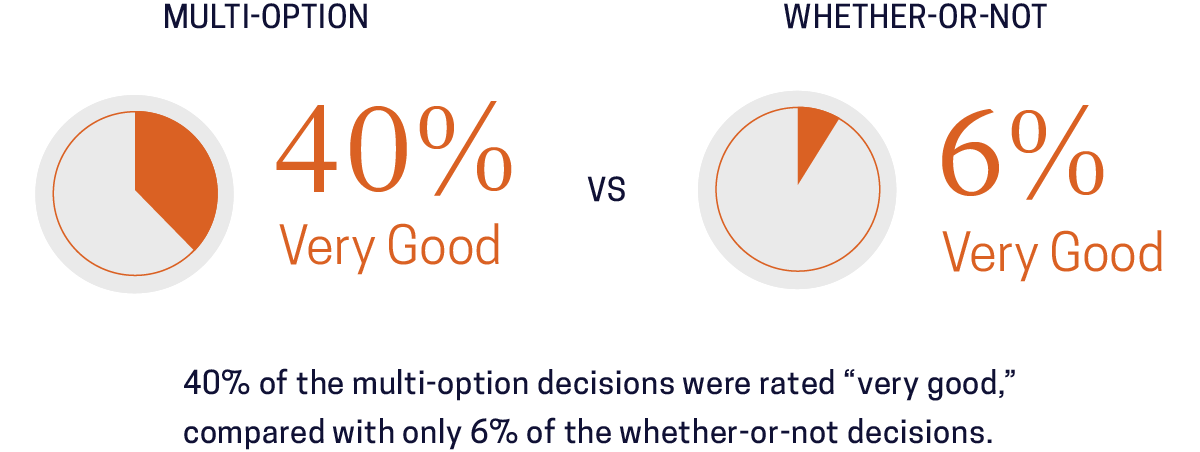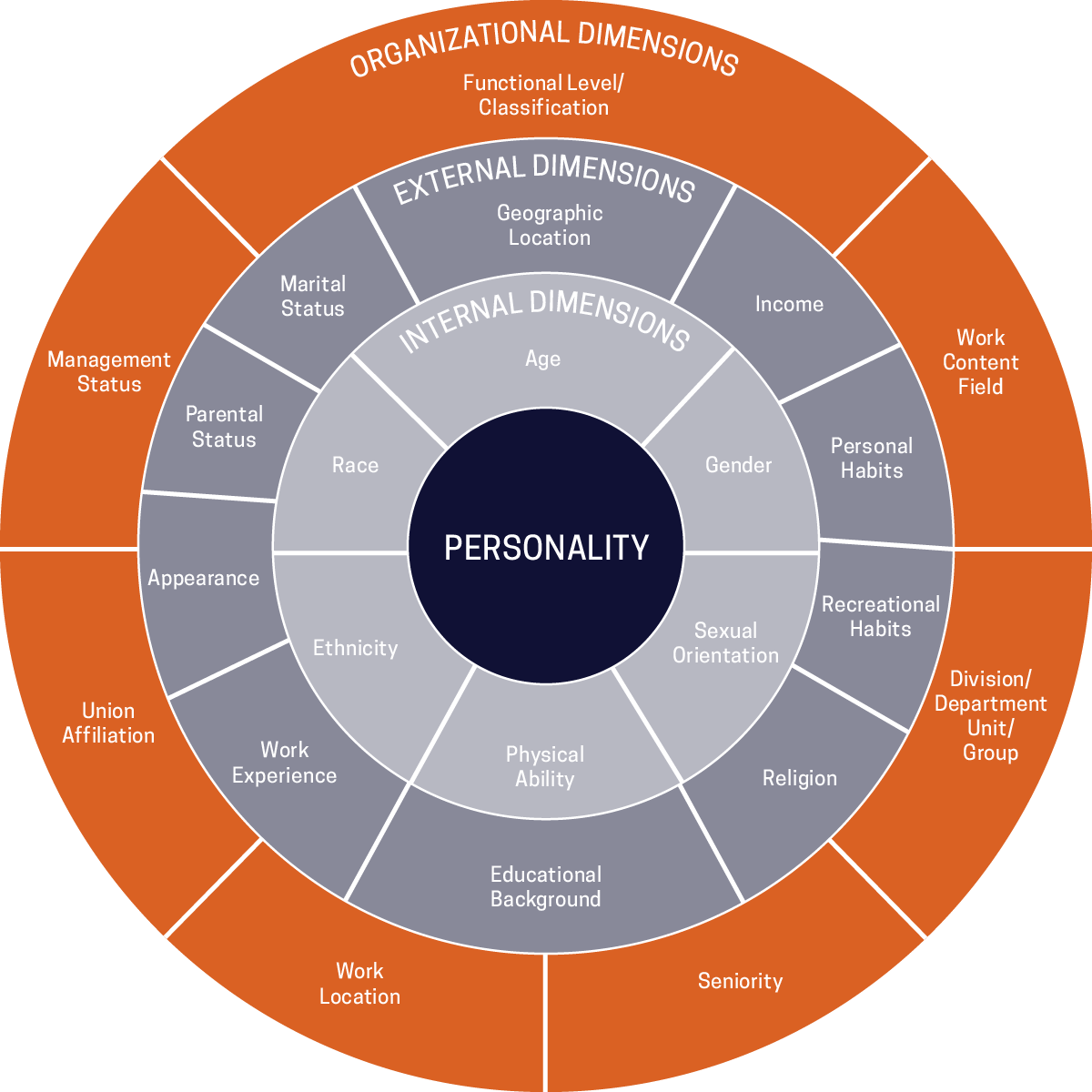Inclusive environments invite different voices to share ideas, and solutions to enable effective decision-making. This article shares why empowering voices in decision-making is critical and shares The Four Layers of Diversity model as an effective framework for leaders to utilize.
We have all by now experienced seeing the same video or article circulating through our social media feeds again and again and again. Increasingly, our like-minded community mirrors our same behaviors of likes, shares, and retweets. But what happens in an organization when the choices from leadership begin to resemble an echo chamber?
Creating a space where everyone is empowered to contribute their perspectives is key to an inclusive environment. When decisions rest in the hands of those who are closest to the work, rather than leaders sitting several layers above, it creates opportunities for input from a wider range of decision-makers within the organization and provides all with a seat at the table.
The by-product of a leader with an inclusive lens is a shift in culture that invites a plethora of perspectives and backgrounds. The more perspectives that are involved, the more opportunities are created to find innovative win-win solutions. Research shows the best decisions come when we consider multiple options first. For example, in Decisive by the Heath Brothers, the researchers point to a study that found, “when the executive board considered more than one alternative, they made six times as many “very good” decisions. Specifically, 40% of the multi-option decisions were rated “very good,” compared with only 6% of the “whether or not” decisions. That is not a small effect.” (Heath and Heath, 2013). Having more perspectives present leads directly to multi-option decision-making.

(Heath and Heath, 2013)
But bringing new voices into your decision-making process isn’t just a simple checkbox activity; it can be challenging for both parties involved. Those who are brought in may feel that they won’t be taken seriously due to non-traditional education pathways, coming from a different industry or having unique lived experiences. Leaders often don’t consider there may be cultural barriers or industry-specific jargon that may also cause unnecessary boundaries.
For leaders this can be uncomfortable but it's important to think about your values and understand that it’s a learning process. Bracken Darrell, CEO of Logitech, recently shared on our podcast, No Turning Back, that being an inclusive leader is a journey driven by your values: “Write down the person you'd like to be, and then, if you keep writing it down long enough and you keep working at it, you will be.”
We know timeliness is a critical component of effective decision-making, and this is particularly challenging when teams are dispersed or unfamiliar with working together. Culture change does not happen overnight. Patience and taking the long view in building a cohesive team is a key component for empowering different voices in decision-making.
To break down those boundaries, investing in building relationships offers many long-term gains that can endure beyond any singular project. When inviting a diverse group of leaders to the table, trust is the most vital currency.
How do we Empower New Voices in Practice? Examine the Layers
It's imperative that leaders look inside their layers and identify the different opportunities to invite new voices. In Human Resources, The Four Layers of Diversity [Gardenswartz & Rowe] is often used to help unpack how aspects of an individual’s identity intersects and impacts the way we engage in the workplace. This framework can be utilized by all people leaders to examine the 4 layers and the different dimensions of their team to identify the gaps in representation:
- Level 1: Personality - openness, conscientiousness, extraversion, agreeableness, neuroticism
- Level 2: Internal Dimensions — age, gender, sexual orientation, physical ability, ethnicity, race
- Level 3: External Dimensions — geographic location, income, personal habits, recreational habits, religion, educational background, work experience, appearance, parental status, marital status.
- Level 4: Organizational Dimensions — functional level, work content field, division/department/unit/group, seniority, work location, union affiliation, management status.
Each member of a team brings their own background, lived experience, and perspective to the table, as shown in the visual, and it’s a leader’s job to incorporate all those elements to optimize decision-making.

(gardenswartzrowe.com/why-g-r)
Expanding the set of decision-makers may feel disruptive for the leaders and those who enter the fold. However, in the realm of inclusive leadership, relationships with groups from different backgrounds must build a currency of trust. While these new voices may not share a connected consciousness, by fostering a culture where input and engagement are welcomed, they are investing in a common purpose.
Are you interested in more insights on decision making?
Read our recent article on leading through uncertainty and decision making here and view our Weekly Whiteboard on how leaders can divide the decision-making process into two phases that allow for clarity of information and opportunity for team input to increase inclusion throughout the organization.



